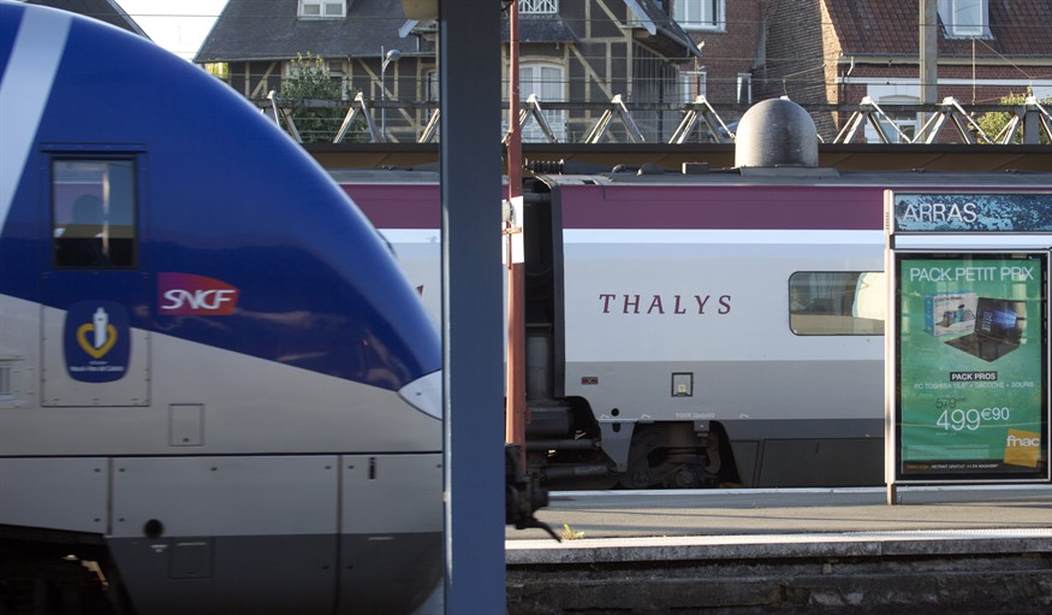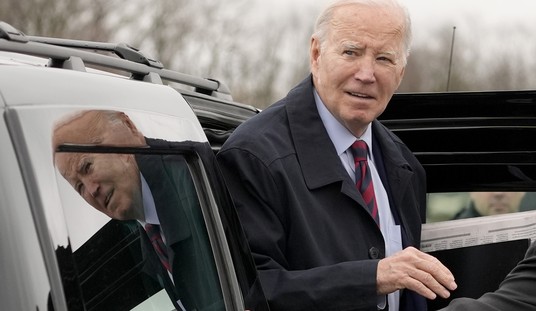Does it take two people to drive a freight train safely? The Federal Railroad Administration thinks so. What about a passenger train? Why, no.
That’s just one signal the Federal Railroad Administration is on the wrong track when it comes to a safety regulation it has proposed.
At the behest of unions, the agency proposed a rule earlier this year that essentially would require two crew members in the locomotive of any freight train unless a railroad goes through a lengthy approval process with the government.
But the rule does not require a second crew member to ride in the cab of a passenger train. The person who takes up your ticket qualifies as the second crew member.
Unions say the data backs up the need for two-person crews on freight trains, but this does not seem to be the case.
Crew size always has been subject to negotiations between railroads and unions, and the unions increasingly are losing the argument. As crew sizes have dwindled from five or six to three to two to now just one on some trains, railroading has gotten progressively safer.
According to data collected by the Federal Railroad Administration which is available on its website, accident rates have fallen 43 percent since 2000 and 79 percent since 1980. Railroads have lower injury rates than most other major industries, including trucking, inland water transportation, airlines, agriculture, mining, and manufacturing.
Moreover, the industry is developing new technologies to be deployed across the network. It is in the process of installing a costly and complex system known as Positive Train Control – which overrides human error. Studies performed for the industry suggest one-person crews actually may be safer than two-person crews, particularly on track equipped with the new technology.
Recommended
Research found single operators made fewer mistakes, paid closer attention, and took greater care when leaving the cab than two-person crews. If we’re going to encourage the new technologies and innovation that make railroads safe, we can’t force them to staff their trains like it’s 1999.
Why this regulation? And why now? Safety is not the issue. The agency has freely admitted it “cannot provide reliable or conclusive statistical data to suggest whether one-person crew operations are generally safer or less safe than multiple-person crew operations”
Since the Federal Railroad Administration has statutory authority to issue regulations that promote railroad safety, how then does the rule go forward?
Others have raised this question. The chairman of the National Transportation Safety Board told the agency to research whether two-person crews were safer before implementing the rule. But the agency said it could take years to rework forms and regulations to capture the crew size of trains involved in incidents. Really. Years to change a business form.
That was too much even for the Office of Information and Regulatory Affairs, which, upon reviewing the proposed rule, struck the claim that two-person crews are safer than single operators. And that wasn’t all the editing OIRA did.
In place after place, the regulatory overseer edited the railroad administration’s draft rule to delete claims that were implausible or overstated– such as the assertion that it would take years to start gathering data on whether trains were driven by one person or two. OIRA even forced the agency to acknowledge it has no proof of even a single accident that might have been avoided with a two-person crew.
You know it’s bad when one agency is overtly questioning the actions of its bureaucratic brethren. Or when the agency is declaring it doesn’t have nor want to consider safety data before implementing what would be a costly regulation that likely would deter technological and safety advances by railroads down the line.
The unions pushing this change say they have the overwhelming support of the American people and claim it’s obvious two-person crews are safer. But they admit they can’t prove it and indeed don’t even want to – and they push the measure only for trains that don’t carry people. To them, it’s regulate now; research at some vague point in the future – cost to the railroads in revenues, to employees in higher salaries, to all Americans in the form of foregone safety measures be damned.
If they’re right, they need to explain why this rule is necessary for the safe shipment of raw goods or consumer products, because it is not evident now. Otherwise, they need to acknowledge this is a bad idea, a sop from the candidates they work to put in office and an idea that should be abandoned.






















Join the conversation as a VIP Member